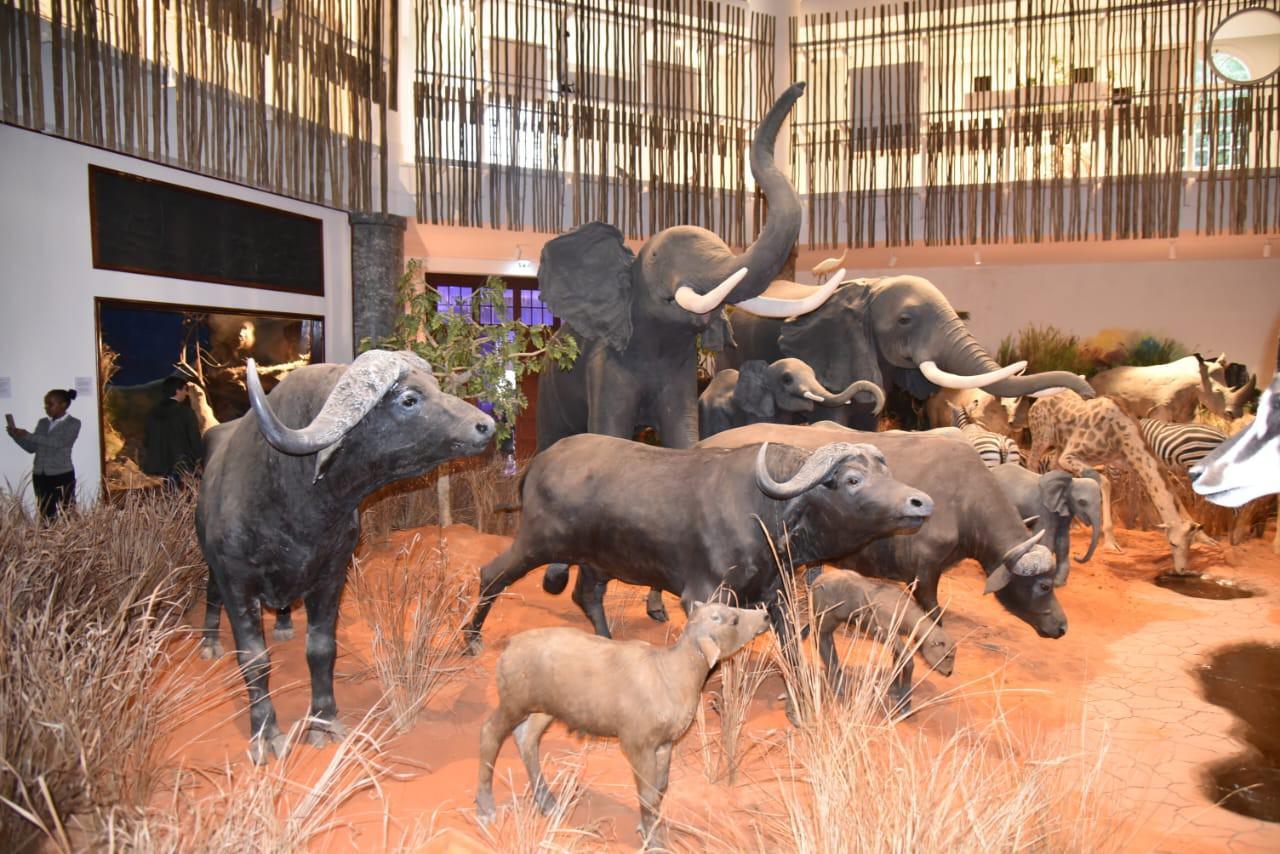Africa-Press – Mozambique. The century-old Maputo Natural History Museum was reborn this Monday, reopened after two years of renovation, with laboratories designed to ensure the future of research and the conservation of the museum’s collection.
“Mozambique now has a renovated and modern Natural History Museum, designed for the future of research and conservation,” said Marco Rusconi, Director General of the Italian Agency for Development Cooperation (AICS), highlighting the commitment to education and science of the Italian Government, which funded the renovation, valued at €4.2 million.
The museum was founded in 1911 and has been housed since 1933 in a historic Manueline-style building from the Portuguese colonial period, considered one of the country’s most emblematic monuments. It closed in October 2023 for renovations.
Rehabilitated through a partnership between the governments of Italy and Mozambique, the museum is described as a symbol of cooperation between the two nations, aimed at strengthening research on Mozambican biodiversity while also enabling the country’s natural heritage to be learned and appreciated.
For the Minister of Education and Culture, Samaria Tovela, who attended Monday’s reopening ceremony, the museum’s renovation took into account aspects of inclusion, allowing people with disabilities to visit the space.
“It improved the conditions so that all of us could visit and enjoy what we have here. We want to emphasise and thank the recognition of inclusion by allowing people with visual or hearing impairments to visit this museum,” said the minister.
Furthermore, the museum, which reopens to the public on Wednesday, 1 October, can now also be visited virtually, thanks to the “cutting-edge” technology installed during the renovation.
The Natural History Museum underwent extensive renovations to its architectural, museological, and museographic structures, led by a multidisciplinary team of Italian and Mozambican experts affiliated with Sapienza University.
The initiative was carried out as part of the Resources, Innovation, and Development programme for conservation areas, under its Biodiversity Conservation and Renewal component in Mozambique, which promotes initiatives for the enhancement, rehabilitation, preservation, and conservation of marine and terrestrial biodiversity.
The project, which also included the creation of a Biodiversity Conservation Centre, was coordinated by the Polo Museale of Sapienza University of Rome, in partnership with the Anton Dohrn Zoological Station and the NGO WeWorld.
Highlights of the architectural interventions include the installation of solar panels and a lift, a new lighting system, roof restoration, an air conditioning system, and the construction of internal toilets.
The museum now also features new themed areas, including an ethnographic room with approximately 500 objects linked to the cultural practices of various Mozambican peoples. These include art, sculpture, music, jewellery, ceramics, and basketry, complemented by a historical photographic collection.
For More News And Analysis About Mozambique Follow Africa-Press






